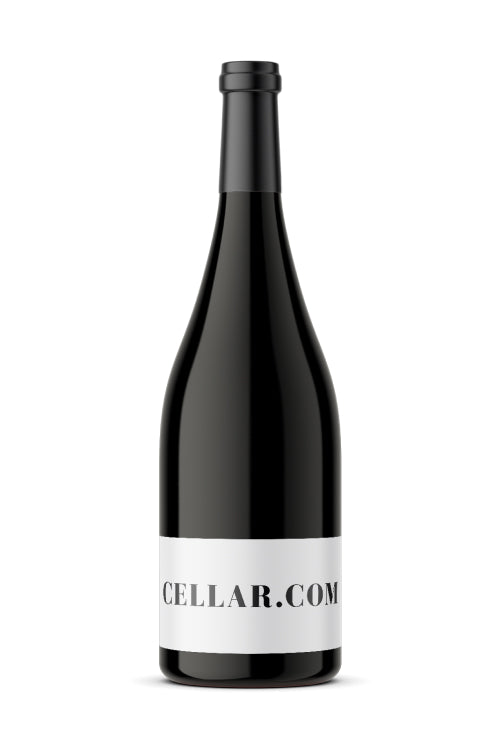1
/
of
1
Pape Clément Blanc - 2020 (750ml)
Pape Clément Blanc - 2020 (750ml)
Regular price
$149.99
Sale price
$149.99
Regular price
$175.99
Unit price
/
per
Availability:
1 In Stock
$25 Shipping on Orders +$299
Couldn't load pickup availability
Share :

- varietal
- Region
- Sub - Region
- Type
- Reviews
Semillon's contribution to quality wine often goes by unrecognized, however due to its base in Bordeaux and migration to the New World it was, at one point, the most planted variety. While its role as a varietal wine is diminishing it is still an important component in the famous dessert wines of Sauternes, and is increasingly being used in dry whites adding complexity to the Sauvignon Blanc and sometimes Chardonnay. One of the exceptions are the producers of Hunter Valley (Tyrell's and Brokenwood to name a few) in Australia who continue to carve out exceptional examples capable of long bottle maturation of more than 10 or 20 years.
Located in South West France, Bordeaux is one of the World’s most important wine producing regions. The Gironde estuary and its two tributaries, the Garonne and Dordogne, splits the region into the ‘left bank’ and ‘right bank’. The left bank, on the west side of the Gironde, consists of the Médoc and Graves, while Pomerol and St. Emilion are located on the right bank. In between the Garonne and Dordogne is the Entre-Deaux-Mers region, French for 'between two seas'. From north to south the Médoc includes the famous classed growth chateaux in the communes of St. Estephe, Paulliac, St.Julien, and Margaux. The Graves and it’s enclave Pessac-Léognan make both red and white wine. While those of Pessac- Léognan’s are dry, Sauternes and Barsac make world-famous sweet whites. Although Bordeaux makes some of the world’s most expsenive wines, less expensive but good value alternatives come from Moulis and Listrac on the left and Bourg and Blaye on the right offer less expensive wines for earlier consumption.
Graves and its new (as of 1987) sub-region, Pessac-Leognan, is one of the most important districts of Bordeaux for both red and white wine, and where the earliest estates – see Chateau Haut-Brion, La Mission-Haut-Brion, and Pape-Clément – were established. Named after its soil type, gravel in French, Graves has particularly good drainage on which mainly Cabernet Sauvignon, as well as smaller amounts over Merlot and Cabernet Franc, is grown. Cabernet Sauvignon produces particularly good fruit on these soils and is able to transit its terroir with distinctive mineral aromas. The dry whites wines are made from a blend of Semillon and Sauvignon Blanc, the latter of which must make up at least a quarter of the blend. Most are fermented and matured in oak, of which the best examples benefit from at least a decade in the bottle.
Sparkling wine is a wine with high levels of carbon dioxide in it making it bubble. The carbon dioxide is a result of natural fermentation, either in a bottle or a specially designed tank, or as a result of carbon dioxide injection.Sparkling wine is usually white or rosé but there are many examples of red sparkling wines. The sweetness of sparkling wine can range from very dry "brut" styles to sweeter "doux" varieties.When one thinks of sparkling wine they usually think of Champagne, but this wine is exclusively produced in the Champagne region of France and many sparkling wines are produced in other countries and regions. Most countries reserve the word Champagne for a specific type from the Champagne region of France. The French terms "Mousseux" or "Crémant" are used to refer to sparkling wine not made in the Champagne region. German and Austrian sparkling wines are called Sekt. The United States is a significant producer of sparkling wine with producers in numerous states. Recently the United Kingdom, which produced some of the earliest examples of sparkling wine, has started producing sparkling wines again.


